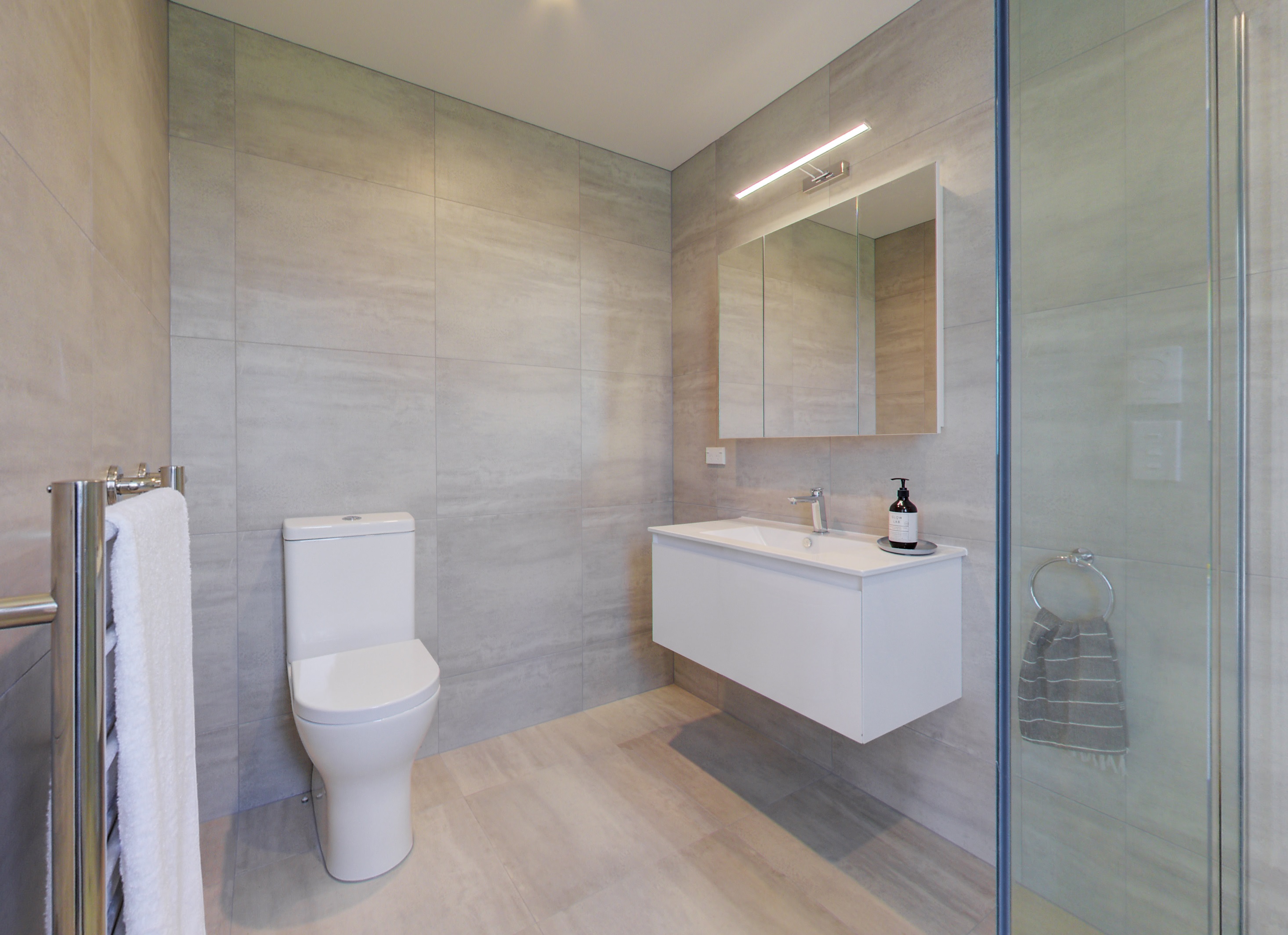Sign up to our newsletter!
No matter if you are moving, or improving, our newsletter is packed with the best tips, tricks and ideas to help you dwell well.
Many homebuyers are tempted by the idea of a ‘fixer upper’. Buying a property in need of updating allows you to add value to the asset while putting your own stamp on your home. It’s a well-trodden path for many enterprising house owners, but be very careful indeed if the property in question is a leasehold.
Leasehold is a form of property tenure typically used for flats and maisonettes. Crucially, it is the freeholder who owns the building and the land it stands on, while the leaseholder owns the right to occupy part of the building (the ‘demised premises’, i.e. the flat or maisonette) for a set period of time, as per the terms of the Lease. It is possible to extend the Lease if you meet the eligibility criteria and are prepared to pay the cost, and you may also be able to buy a share of freehold, but your ownership will still be governed by the Lease.
The distinction between leasehold and freehold ownership is hugely important when it comes to making certain alterations that affect the building. Unfortunately, many leasehold owners are unaware of exactly what this means for their refurbishment and renovation plans.
The Lease is the legal basis for your property rights and responsibilities. Before you make any refurbishment plans whatsoever, you must check to see whether these are permitted under the terms of the Lease. Every Lease is different, and the fact that the document may be worded in legalese or archaic language can make it difficult to work out the salient points.
Generally speaking, you will find that structural alterations are often prohibited, and even a change of internal layout may not be possible. Most permitted alterations will need the landlord’s prior consent, and failure to obtain the freeholder’s approval will put you in breach of the Lease. Some Leases stipulate that you only need permission for major works involving the structure, plumbing or electrics, while others may state that you should obtain permission for any work.
When a leaseholder intends to undertake alterations to their property, a Licence to Alter is usually required. This is the freeholder’s written and formal consent to the proposed work. It is typically needed for the following types of building work (but may also apply to others):
Removal of a chimney breast or load-bearing walls
Creating new openings within a wall
Changing windows or replacing the type of glazing
Moving kitchens or bathrooms, or adding en-suites

Your formal LTA application must be supported by detailed plans and specifications that will be checked over by your landlord’s surveyors before consent can be given. You will be responsible for legal and surveyor costs incurred by the landlord. By law, the landlord cannot unreasonably withhold or refuse your LTA request. As long as your application has satisfied all reasonable conditions, and the interests of the freeholder and any other affected leaseholders are safeguarded, you will be permitted to carry out the works according to the terms of the Licence to Alter.
According to the Party Wall Act 1996, building works that may affect the structural strength or support function of a party wall between building owners or cause inconvenience to adjoining occupiers must be notified. This is a complex legal process with many misunderstandings and it is highly recommended that you seek specialist advice from a party wall surveyor.
Put simply, if your proposed works include structural alterations such as cutting into a party wall, demolishing or rebuilding a wall, digging and building foundations for an extension, loft conversions or ground floor extensions, you need to serve Notice on your neighbours.
What’s more, if your property forms part of a purpose-built block of flats, or a conversion, this may involve many parties and can become laborious and expensive. Once an agreement has been reached with the affected neighbours, work can begin.
Another key difference between freehold and leasehold ownership is that leasehold properties do not benefit from permitted development rights. For major refurbishments, this means that in addition to a Licence to Alter from the landlord, and Party Wall Agreements with your adjoining neighbours, you also need to obtain full planning permission from your local council. Share your plans with your local planning officer at the earliest opportunity, and follow their advice.
What’s more, if your property is located in a Conservation Area, or the building is listed, there will be further planning restrictions on alterations that affect the special architectural or historical character of the building or the neighbourhood. Your local planning authority will be able to advise.
Finally, unless you were able to finance the purchase of the property from independent means, your mortgage company will also be interested to hear about your refurbishment plans. Check with your lender to see whether their formal consent is required.
While every lender has their own criteria and processes in place, you can expect to need approval for any significant alterations or additions to the structure, such as a building extension or conservatory, that will affect the property value.
Live well with Moving and Improving